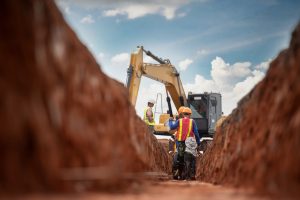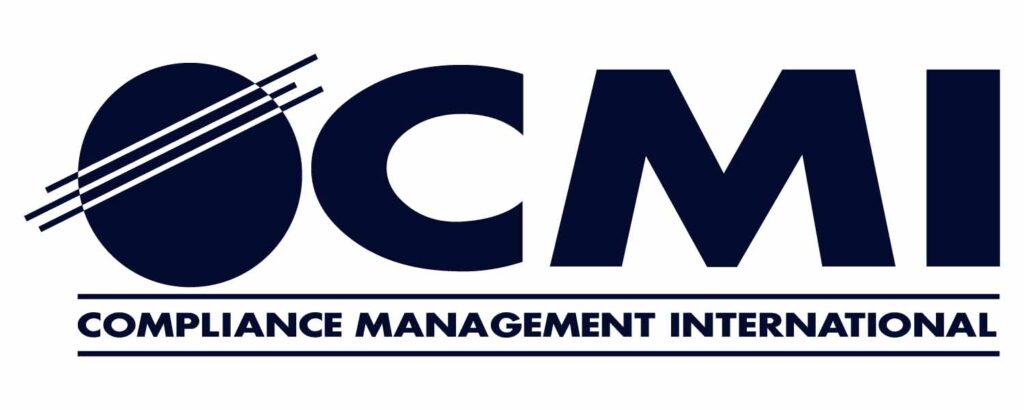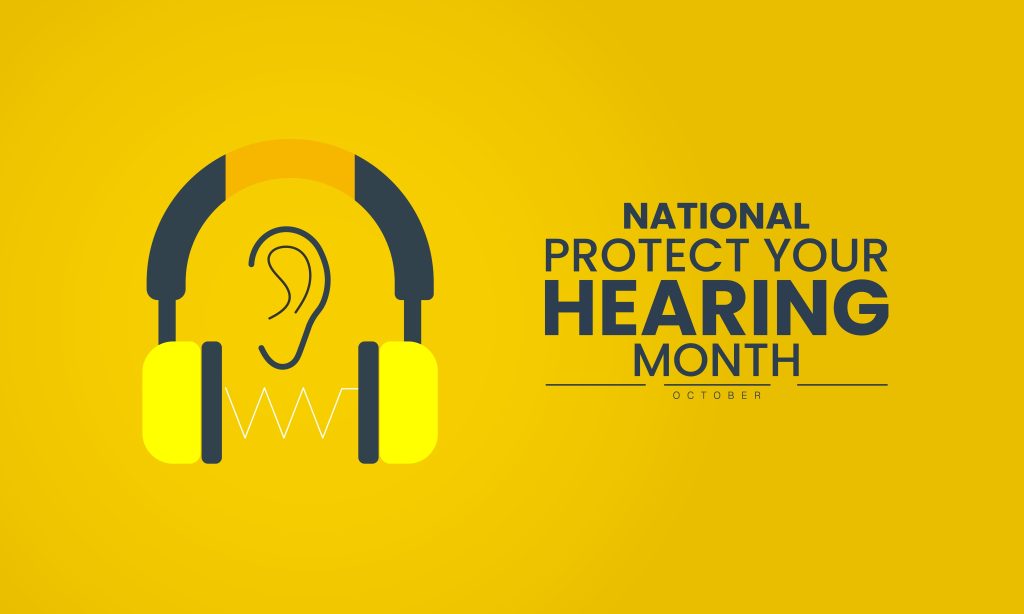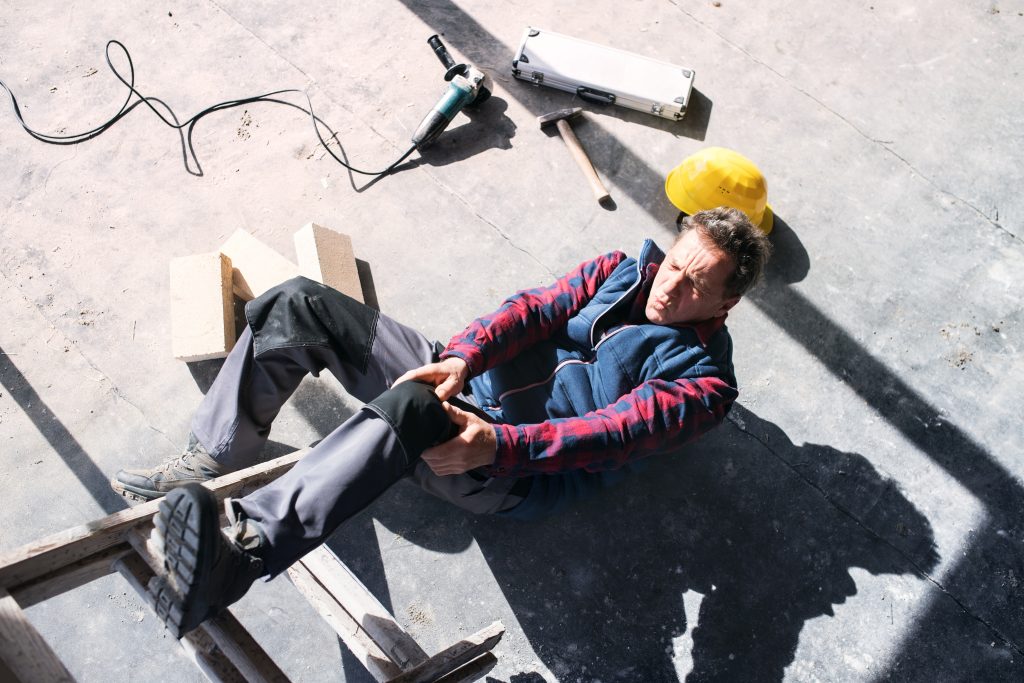In the morning hours of June 28, 2022, a construction crew was installing a sewer system at the site of a new housing development in Jarrell, Texas. The crew had dug a trench approximately 20 feet deep. Two workers entered the trench to begin grading and connecting sections of the sewer system. It was a typical project carried out across numerous job sites every day.
At 8:40 am, emergency crews were dispatched to the site due to a trench collapse. The two workers were still in the trench when the walls collapsed, trapping them beneath thousands of pounds of soil. Unfortunately, they did not survive.
This type of accident raises so many questions and concerns. Especially when potentially lifesaving trench shields were next to the excavation, but never installed.
Working around excavations and trenches is one of the most dangerous tasks on a construction site. The risk of cave-ins, falls, and hazardous atmospheres requires an extra level of care and caution. According to the US Department of Labor there were 22 deaths from the hazards present in excavation and trenching work in the first six months of 2022. There were 15 in all of 2021. Many more workers are injured each year from these same hazards. These incidents are more tragic when they could have been prevented with an effective excavation and trenching safety program.
Employers have a responsibility to provide a workplace free from known or suspected hazards. When it comes to excavation and trenching operations, there are well known protections and processes that will maintain a safe work environment:
- Ensure that the excavation has a safe means of access and egress: In order to prevent injuries, employers must provide ladders, stairs, ramps, or other safe means of egress. These egress points must be within 25 feet of any person working in an excavation. If conditions become hazardous inside of an excavation, a quick safe egress point could mean the difference between safe exit and serious incident.
- Protect workers in excavations from cave in: Sides caving in while work is being performed is one of the deadliest hazards in construction. A cubic yard of soil can weigh upwards of 3000 pounds. There are several options to prevent injuries from a cave in:
- Sloping and benching– this involves cutting the soil back at an angle or in a step-like pattern to prevent soil from falling on workers. This is often difficult to use due to space limitations.
- Shoring– this involves using timber or another prefabricated material to push on the sides of a trench to prevent the soil from caving in.
- Shielding– a shield is a structure designed to withstand the forces of a cave in and protect workers who are inside of it.
- Look for standing water and test for hazardous atmosphere: Standing water in an excavation can cause the excavation walls to become unstable. Water can also make it difficult to see other potential hazards below the water. Testing the atmosphere for oxygen, flammable gases, and other toxic gases that may be present inside an excavation is essential to ensuring a safe environment for workers. Vehicles operating nearby or digging near stored hazardous materials can also create a risk of creating a hazardous atmosphere inside a trench. Inspecting the excavation and the surrounding areas is critical prior to entering the space and should be done by trained individuals.
- Keep excavated soil and other materials away from the edge of an excavation: When soil or other excavated materials are kept too close to the edge of an excavation, the added weight can cause a cave in. These materials as well as tools and equipment stored too close to the edge can potentially roll or fall back into an excavation and on top of workers. To prevent this from happening, excavated soil tools and equipment should be kept a minimum of two feet from the edge of an excavation.
- Never enter an excavation unless inspected and cleared by a competent person: A competent person is key to keeping workers safe in an excavation. It is their responsibility to inspect the excavation and ensure that it is safe for workers to enter. They must understand the use of protective systems and how to implement them effectively. They must also be able to recognize any other potential hazard and have the authority to eliminate the hazard prior to work or stop the job until it is resolved.

Working in an excavation or trench can be extremely hazardous. It’s essential to plan the work in advance, inspect the site routinely, follow safe work practices and train workers in safe work practices. CMI has a dedicated team of Construction Health & Safety Professionals ready to assist with establishing an Excavation and Trench Safety Program. We routinely provide competent professionals to plan for these projects, inspect sites and train your team. Contact us today!
Written by Paul Fields, Associate Health and Safety Specialist



